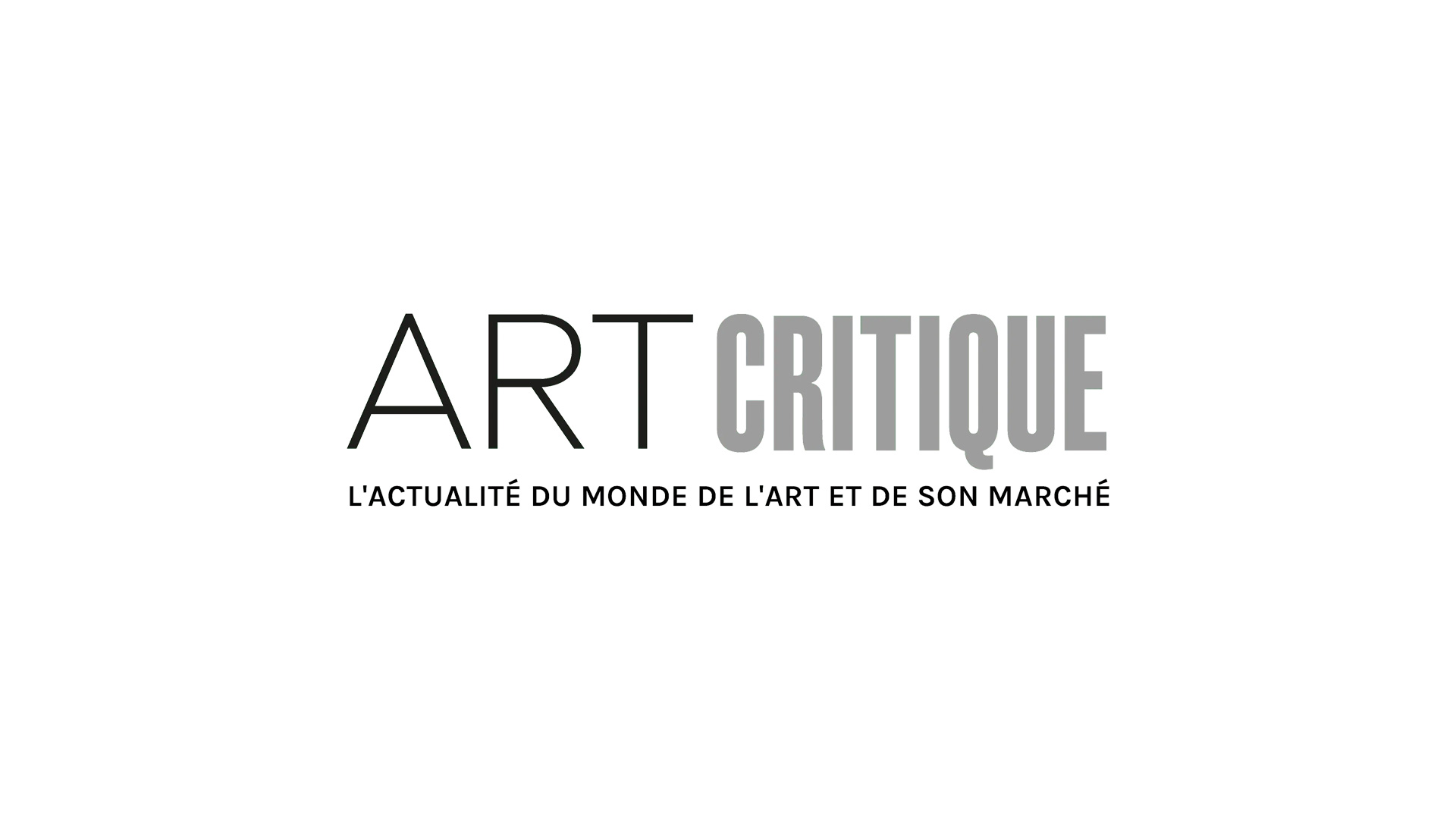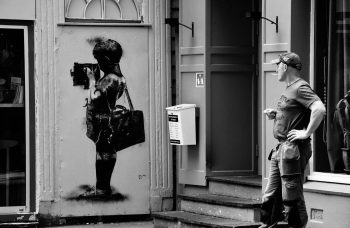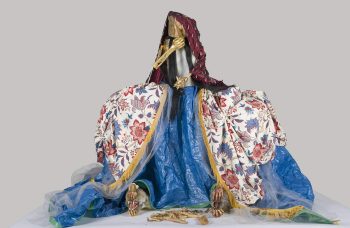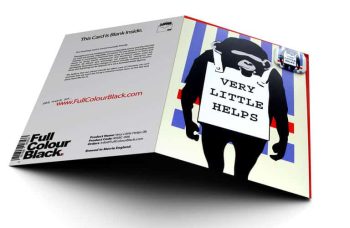A Seattle federal judge officially dismissed a $20 million lawsuit filed just over two years ago against American artist Dale Chihuly, known for his whimsical and vibrant blown-glass sculptures, by a man named Michael Moi. In June of 2017, Moi sought legal action against Chihuly, his wife Leslie, and Chihuly Studio Inc. for compensation of 15 years of work that Moi claimed to have done for the artist. However, US District Judge Robert Lasnik recently found that Moi did not have adequate proof for his work or of any contract between himself and Chihuly, thus throwing out the case.

‘[Chihuly] has long relied on a collection of discrete and trusted individuals to work in the shadows to create the drawings and paintings on paper, glass, plexiglass, and canvas that bear his name,’ claimed Moi in the lawsuit. ‘This small group, which has never been acknowledged, has two requirements: secrecy and unwavering loyalty.’ The plaintiff said that between 1999 and 2014, he worked on nearly 300 paintings but received no attribution or payment for his works despite Chihuly having promised to ‘take care’ of him. Judge Lasnik said that there was no proof that such promises were made but if they were, they were not legally binding.
When the lawsuit was first filed, it garnered an intense and unusually extensive countersuit from Chihuly in part due to the nature of the claims but also because it addresses mental health issues the artist has dealt with but wished to keep private. Chihuly’s counterclaim, which labeled Moi as a handyman, said that while Chihuly might employ as many as 100 people at any given moment, there was no record of Moi being involved in the ways that the plaintiff claimed. Chihuly’s lawyers instead believed that the lawsuit was simply a form of blackmail against the artists and ‘nothing more than an ugly and reprehensible display of opportunism and exploitation.’
In the countersuit, Chihuly’s lawyers described how the artist had recently been diagnosed with bipolar disorder, which manifested itself in a number of symptoms including ‘depression, hyperactivity and/or mania, paranoia, impaired judgment and irrational behavior.’ Chihuly had hoped to keep his diagnosis to himself and his family, stated the countersuit, to avoid the ‘often cruel and judgmental glare of public scrutiny.’ The artist’s lawyers argued that Moi had threatened to publicize Chihuly’s medical diagnosis ‘[u]nder the thin guise’ of a lawsuit. ‘Mr. Moi,’ it continued, ‘is threatening to make such documents public as purported “evidence” in his lawsuit unless Dale, his family, and Chihuly Inc. pay him $21 million for his silence.’
Utilizing assistants is nothing unique to Chihuly and artists often rely on a team of people providing any number of tasks from mixing paint to actually creating artworks. Artists from Rembrandt to Warhol have worked with a studio to realize their visions. However, the process, can create definite room for dispute of who has actually created an artwork.
As for Moi, his lawyer, Anne Bremner, wrote to The New York Times in June 2017 stating ‘We never asked for silence. We asked for justice.’





